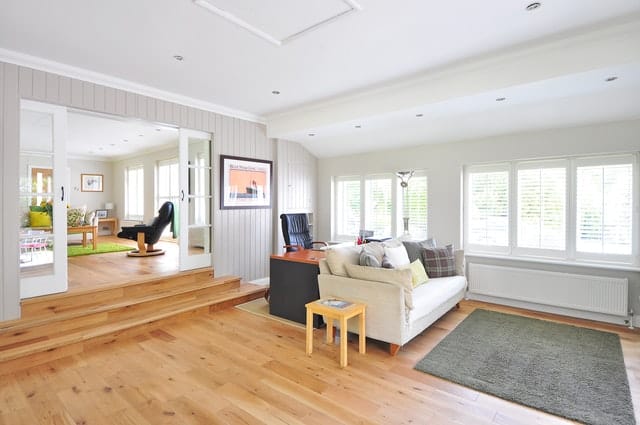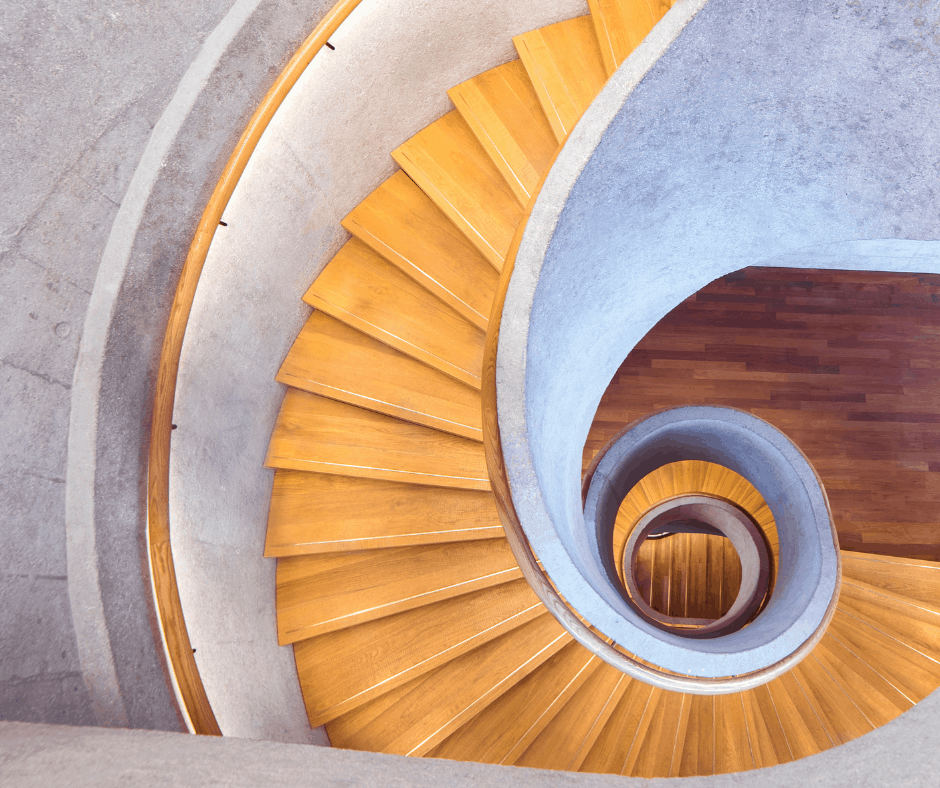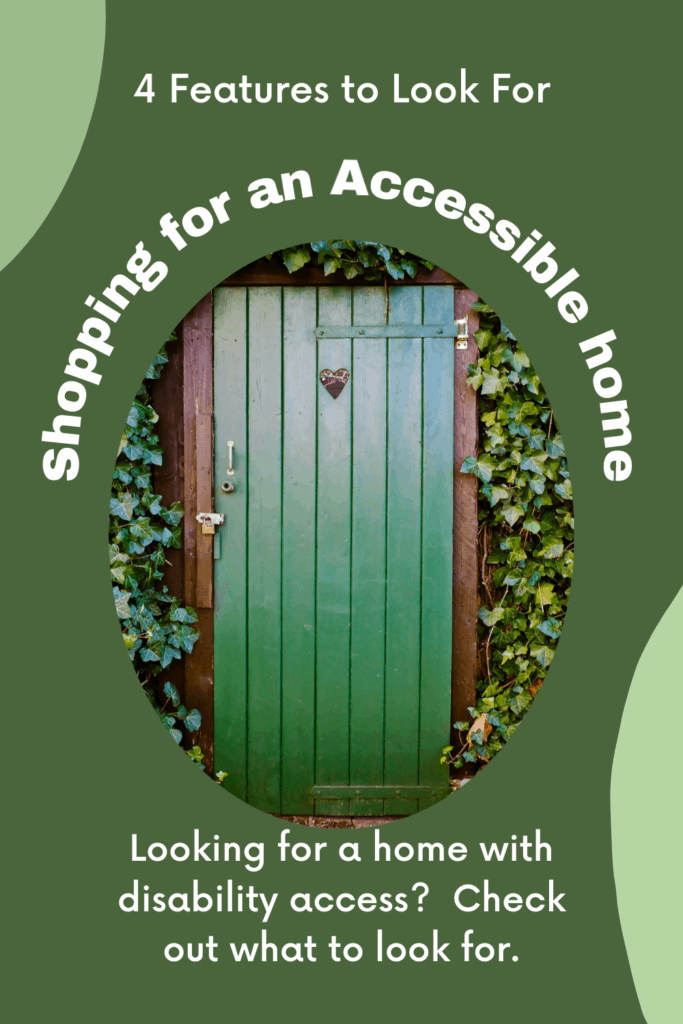What would it be like to shop for an accessible home in a wheelchair or for a disabled member of your family? We have the pleasure of having a guest post written by Patrick from Ableusa.info on the features of an accessible home. If you are living with a disability, have aging parents, have frequent friends visiting you, or plan on living in your house through your golden years, these are some things to think about from their perspective. I appreciate reading Patrick’s view as we can all learn from someone else’s experiences. Take a moment to see through their lens:
The Accessible Home
When you have a disability, daily life can present many challenges. Living in a barrier-free home can vastly improve your quality of life and help you accomplish your daily living tasks in comfort and safety. Unfortunately, most homes aren’t built to meet the needs of people with mobility limitations, so you may have to do some digging to find a house designed for accessibility. And you will likely still have to make some modifications after moving in. As you begin the house-hunting process, keep an eye out for the following features.

Hard Flooring
Flooring is an incredibly important component in any accessible home. People with disabilities need floors that are slip-resistant, easy to maneuver in a wheelchair, simple to maintain, and durable enough to withstand constant mobility aids scraping or rolling across the surface. Carpeting is not an ideal flooring material since the pile does not allow wheelchairs to roll easily. It can also form hazardous bumps and wear out quickly.
If you buy a carpeted home, consider replacing your floors with hardwood to add functionality and beauty to your home. Hardwood floors are especially durable, easy to maintain, and work very well for wheelchair users. You can keep your costs down by avoiding expensive exotic woods like tigerwood and mahogany and picking out mid-priced varieties for the perfect balance of durability and affordability.

Single-Story Floor Plan
Whether you’re in a wheelchair or not, navigating stairs with a disability can be painful, frustrating, and a major safety hazard. Look for single-story floor plans so you can avoid staircases and reduce your risk of falls. Ranch-style homes are ideal for single-level living. Thanks to the absence of staircases, the living area feels spacious and bright with tall ceilings and large windows. Plus, ranch homes are built with easy outdoor access in mind, which often means large sliding doors to yards and decks as well as low front entrances that can easily accommodate a wheelchair ramp.

Wide Halls and Doorways
Make sure the doorways and halls in your new home are wide enough to accommodate a wheelchair. According to 1800wheelchair, most household doorways measure between 23 to 27 inches in width, but wheelchairs require closer to 32 inches of clearance. Similarly, hallways should be at least 36 inches wide. If you need to make the doorways in your home more accessible, try installing offset hinges before widening the door frames. If that’s not enough, you may be able to create more space by completely removing the door and trim and replacing it with a curtain for privacy.

An Accessible Bathroom
Often, the bathroom is the most difficult room in the home to navigate with a disability. The space is cramped, the floors can be slippery, the toilet may be too low, and the tub walls too high. During your housing search, pay special attention to bathroom features that will make your life easier. For example, walk-in showers are much more accessible than bathtubs since they don’t require stepping over a ledge. Remember, you can always install grab bars (cost of installation averages $200) and non-slip mats after moving in. Just make sure the bathroom has plenty of room! BH&G recommends looking for a bathroom that’s at least five feet in diameter with four feet of clearance in front of every fixture.
Keep in mind that you’ll need to include any home modifications you need to make in your home-buying budget. You’ll also do well to work with a skilled and professional realtor who can help you make the best decisions possible when purchasing your home.
Happy House Hunting
Buying a home with the right accessibility features will allow you to live the life you want and enjoy the independence you deserve. As you search for the perfect property, remember that you can always make modifications to better suit your unique needs after moving in. House-hunting with a disability isn’t easy, but when you finally find the perfect home, you’ll be glad you went through it!
Thank you, Patrick for keying us in on what to look for! If you enjoyed this article, you may also enjoy reading our article on a day in the life with Dysautonomia. Feel free to comment with any tips in house hunting with disabilities.



